Search Images
Browse Content (p. 966)
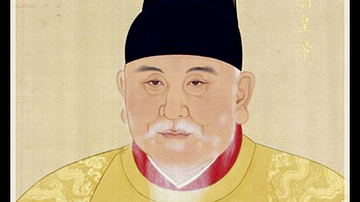
Image
Ming Taizu, aka Hongwu Emperor
The Hongwu Emperor, the first emperor of the Ming Dynasty (1368 to 1644 CE) who reigned from 1368 to 1398 CE. 14th century CE painted silk hanging.
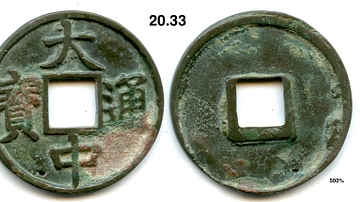
Image
Coin of Zhu Yuanzhang
A bronze coin of Zhu Yuanzhang, the future Hongwu Emperor (r. 1368-1398 CE) who was the founder of the Ming Dynasty (1368-1644 CE).
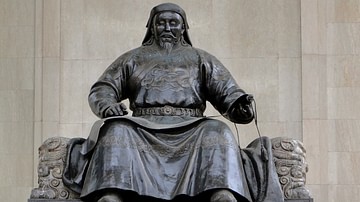
Image
Kublai Khan Statue
A modern statue of the Mongol ruler Kublai Khan (l. 1215-1294 CE). Sukhbaatar Square, Ulaanbaatar, Mongolia.

Image
Marco Polo Statue
A sculpture depicting the Venetian explorer Marco Polo who famously travelled to China between 1271 and 1295 CE. (Villa Borghese, Rome)
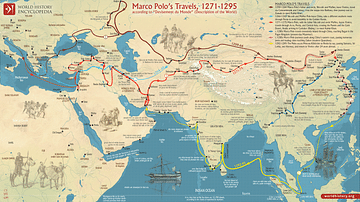
Image
Map of Marco Polo’s Travels, 1271 - 1295
This map illustrates Marco Polo's travels (1271 - 1295), which spanned vast regions of Asia, including the Middle East, Central Asia, and China, where he served at the court of Kublai Khan. Polo journeyed along the Silk Road, encountering...
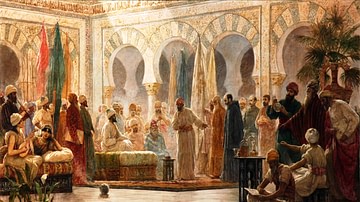
Image
The Court of Abd al-Rahman III
Abd al-Rahman III Receiving the Ambassador by Dionisio Baixeras Verdaguer (1862–1943 CE). Oil on canvas, 1885 CE.
University of Barcelona
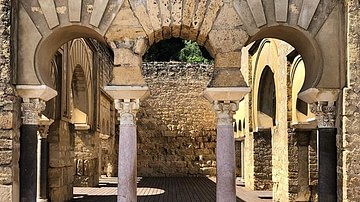
Image
Madinat al-Zahra
Caliphal palace at Madinat al-Zahra, near Cordoba, Spain, built by Abd al-Rahman III (r. 912-961 CE).
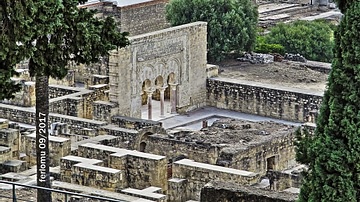
Image
Madinat al-Zahra
Caliphal palace at Madinat al-Zahra, near Cordoba, Spain, built by Abd al-Rahman III (r. 912-961 CE).
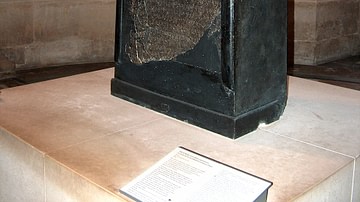
Image
Moabite Stone
The Moabite Stone, an ancient tablet dating to around 850 BCE, written by Mesha, the king of Moab (modern Jordan). (Louvre Museum, Paris)
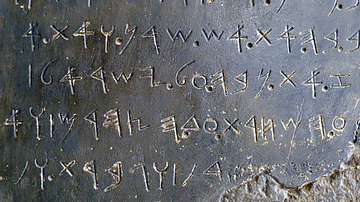
Image
Detail, Moabite Stone
A detail of the Moabite Stone, an ancient tablet dating to around 850 BCE, written by Mesha, the king of Moab (modern Jordan). (Louvre Museum, Paris)